Summary
The PJM region is home to some of the most prominent US utilities.
There are four companies that are in a clear uptrend. Here, take AES.
There are another four companies that are trading at/near 52-week lows. Here, take PPL.
The PJM Utility market covers Illinois to Virginia:
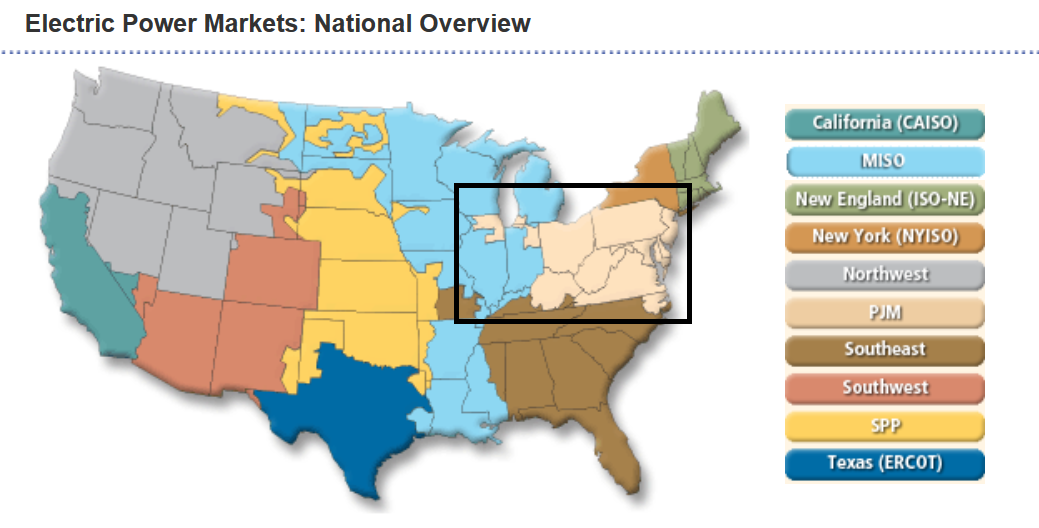
And it contains some of the largest and most prominent utility companies:

Let's take a look at the yearly charts of its large publicly-traded members:

We can break these charts down into two types: those that are in a rally: The AES Corp, Exelon Corp (NYSE:EXC), FirstEnergy Corp (NYSE:FE), and Public Service Enterprise Group (NYSE:PEG), and those that are trading at/near 52-week lows: American Electric Power Company (NYSE:AEP), Dominion Resources (NYSE:D), Duke Energy (NYSE:DUK), and PPL Corp (NYSE:PPL). This gives us two distinct groups to analyze for two different reasons. Let's look at them as two groups, starting with those in a rally:
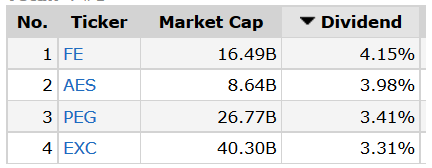
Table from FINVIZ.com; maintained by author)
First Energy Corp. (NYSE:FE) has the highest dividend but AES Corporation is only 17 basis points lower. An additional negative for FE is their current bankruptcy situation. From their latest 10K:
"On March 31, 2018, FES, including its consolidated subsidiaries, FG, NG, FE Aircraft Leasing Corp., Norton Energy Storage L.L.C. and FirstEnergy Generation Mansfield Unit 1 Corp, and FENOC filed voluntary petitions for bankruptcy protection under Chapter 11 of the United States Bankruptcy Code in the Bankruptcy Court. See Note 3, "Discontinued Operations," for additional information."
As utility investors are a conservative lot, this is a deal-breaker.
Right now, the market as a whole is expensive, so comparing PEs isn't meaningful. But forward PEs can shed some light on potential future valuation:
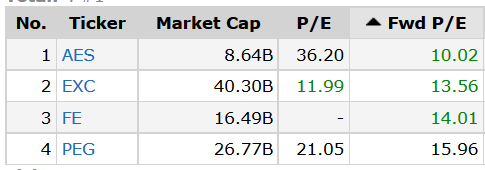
AES is a global renewable energy company. From their latest 10K:
Incorporated in 1981, AES is a power generation and utility company, providing affordable, sustainable energy through our diverse portfolio of thermal and renewable generation facilities and distribution businesses. Our vision is to be the world's leading sustainable power company that safely provides reliable, affordable energy. We do this by leveraging our unique electricity platforms and the knowledge of our people to provide the energy and infrastructure solutions our customers need.
The following charts (also from their latest 10K) show the breakdown of various income statement numbers:
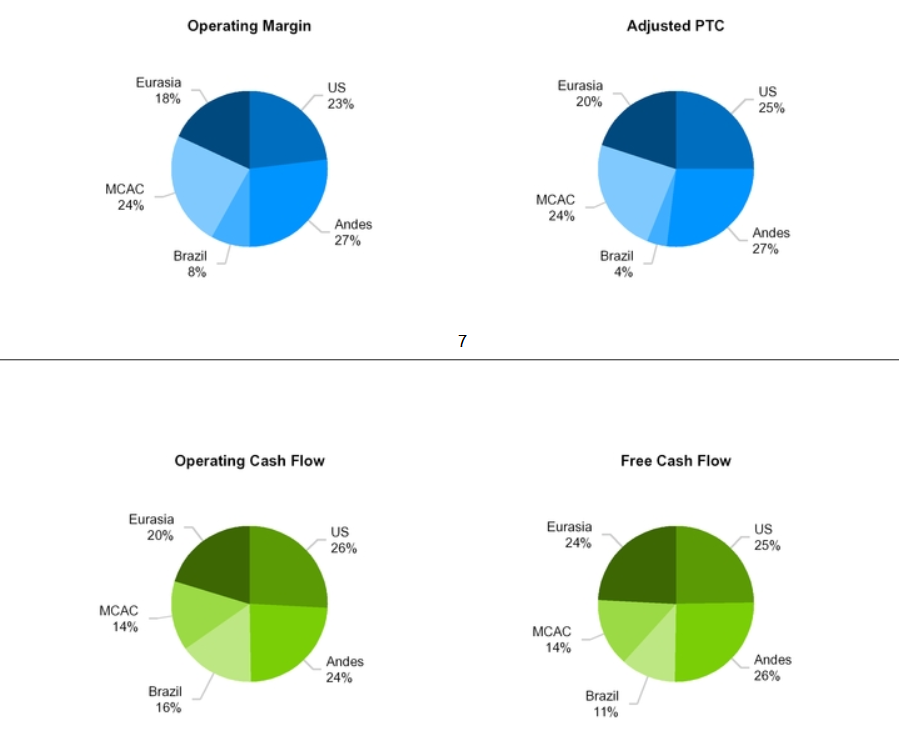
The big reason the stock has done well is that they're mostly involved with renewable energy:
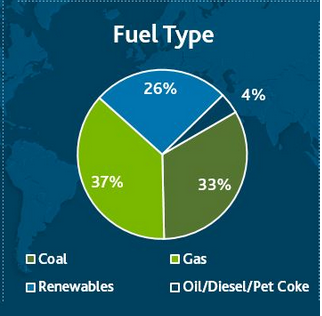
AES does not have a clean income statement; they've posted a net loss in the last two years due to costs associated with closing operations. The real financial story is in their cash flow statement (from Morningstar.com):
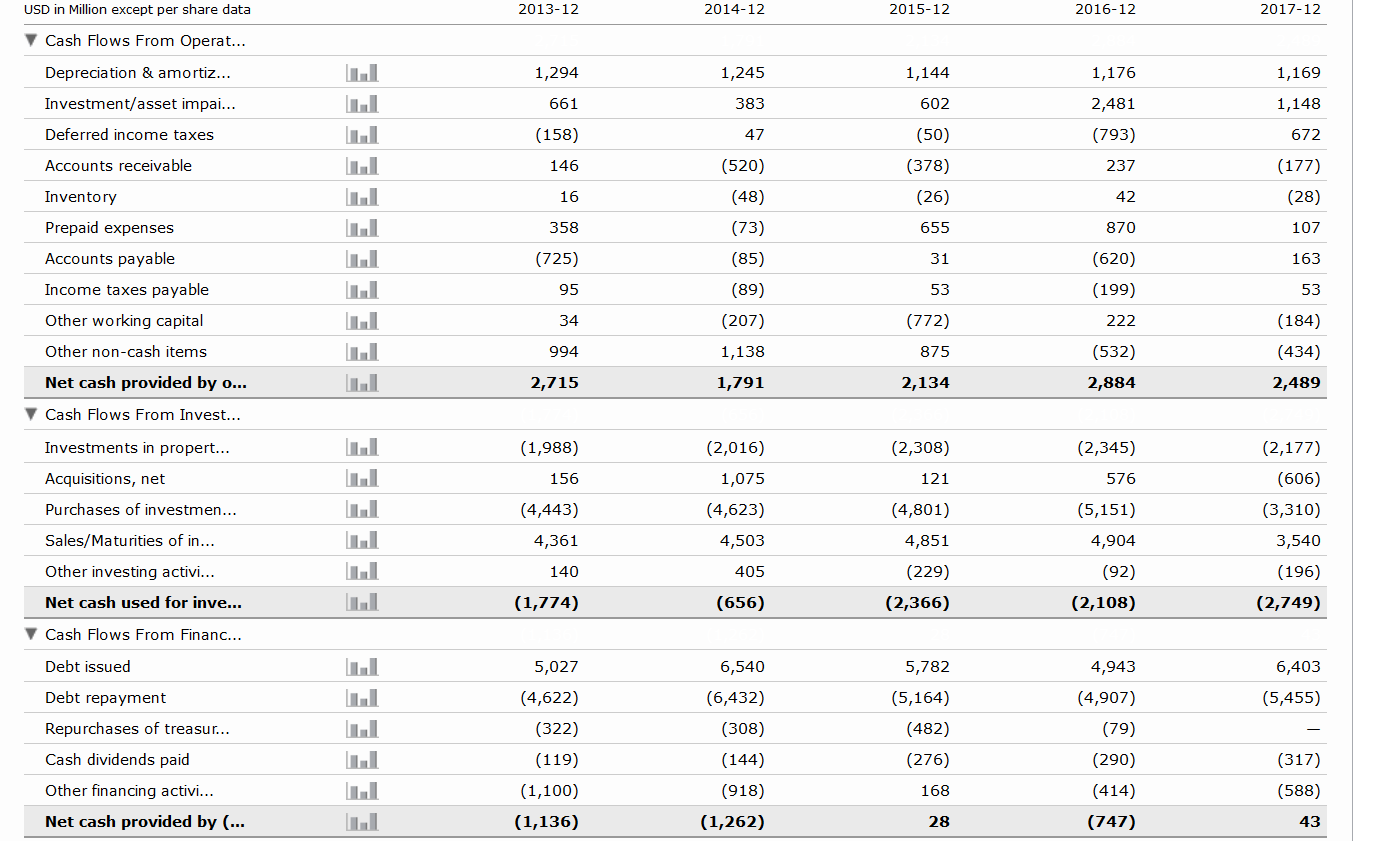
Utilities are cash hogs. Because of their large physical plant, it's standard for investing expenses to be larger than cash from operations. This explains why the industry is dependent on the debt market for most of their cash needs. But AES is in a minority of utilities that can generate sufficient cash to fund investment. In 2013, 2014, and 2016, the company's internally generated cash was more than their investment expenses. This gives the company far more financial flexibility than their competitors.
As for the stocks at/near a 52-week low, the clear winner is PPL. First of all, it's the cheapest on a future and current PE basis:
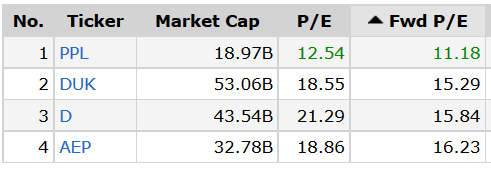
And they have the highest dividend:
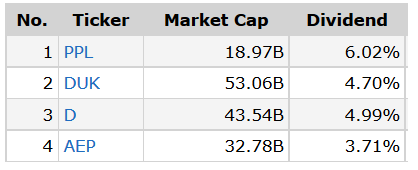
PPL has operations throughout the PJM region and the United Kingdom:
PPL Corporation, a utility holding company, delivers electricity and natural gas in the United States and the United Kingdom. The company operates in three segments: U.K. Regulated, Kentucky Regulated, and Pennsylvania Regulated. It serves 411,000 electric and 326,000 natural gas customers in Louisville and adjacent areas in Kentucky; 525,000 customers in central, southeastern, and western Kentucky; and approximately 28,000 customers in 5 counties in southwestern Virginia, and 3 customers in Tennessee. The company also provides electric delivery services to approximately 1.4 million customers in Pennsylvania; and operates electricity distribution networks in the United Kingdom, as well as delivers natural gas to customers in Kentucky; generates electricity from power plants in Kentucky; and sells wholesale electricity to 10 municipalities in Kentucky. PPL Corporation was founded in 1920 and is headquartered in Allentown, Pennsylvania.
Let's take a look at some of the key financial data for the company:
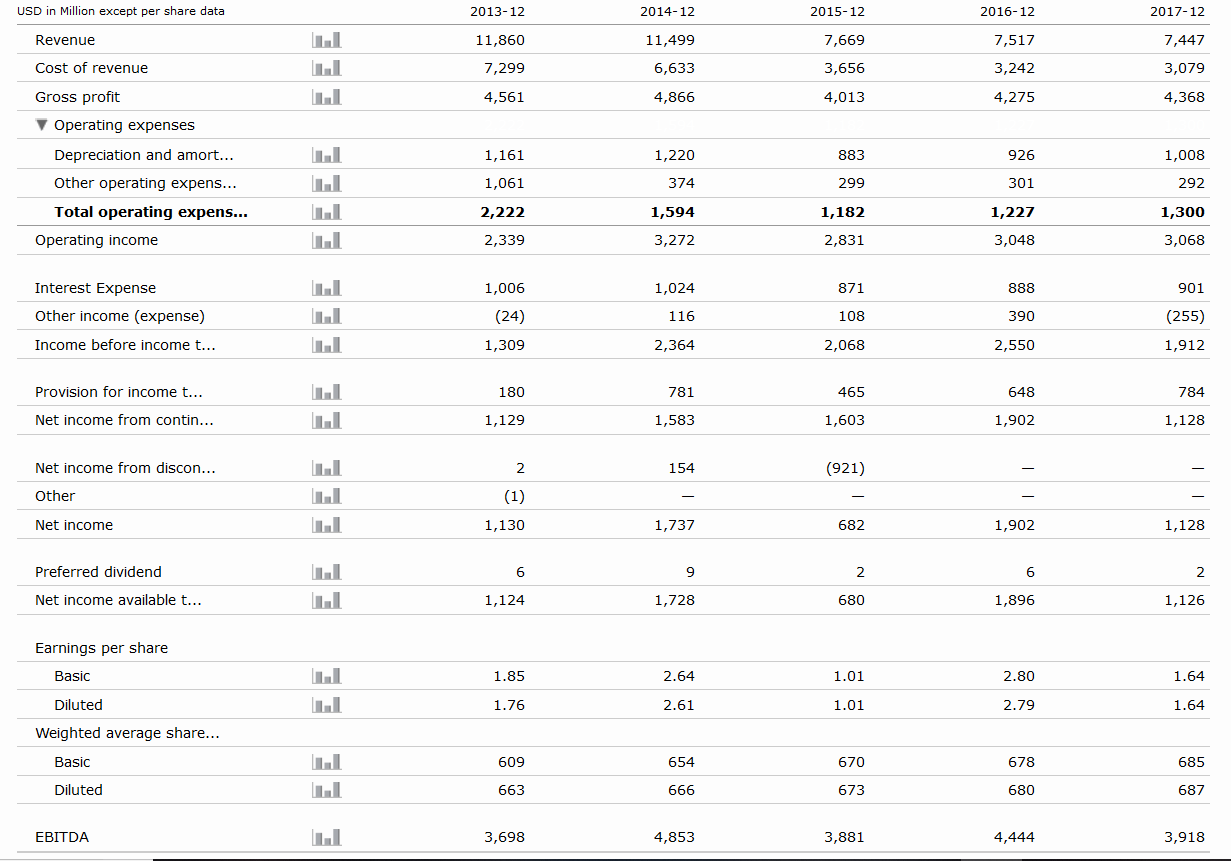
Total revenue dropped between 2014-2015, but has been steady since. For the last three years, the company has reported operating income between 37%-41%. However, net income is much more variable: that's been reported between 9%-25%. Debt/assets are 47% -- which is modestly high, but not prohibitive. The most impressive number is their EBITDA percentage which has been over 50% for the last three years.
To conclude, we have two potential buys from the PJM region: AES and PPL. AES is in a solid uptrend because of its clean-energy business model while PPL is trading near a 52-week low with a very high dividend. Either would be appropriate for a utility investor.
This post is not an offer to buy or sell this security. It is also not specific investment advice for a recommendation for any specific person. Please see our disclaimer for additional information.
Disclosure:I/we have no positions in any stocks mentioned, and no plans to initiate any positions within the next 72 hours.
I wrote this article myself, and it expresses my own opinions. I am not receiving compensation for it (other than from Seeking Alpha). I have no business relationship with any company whose stock is mentioned in this article.
